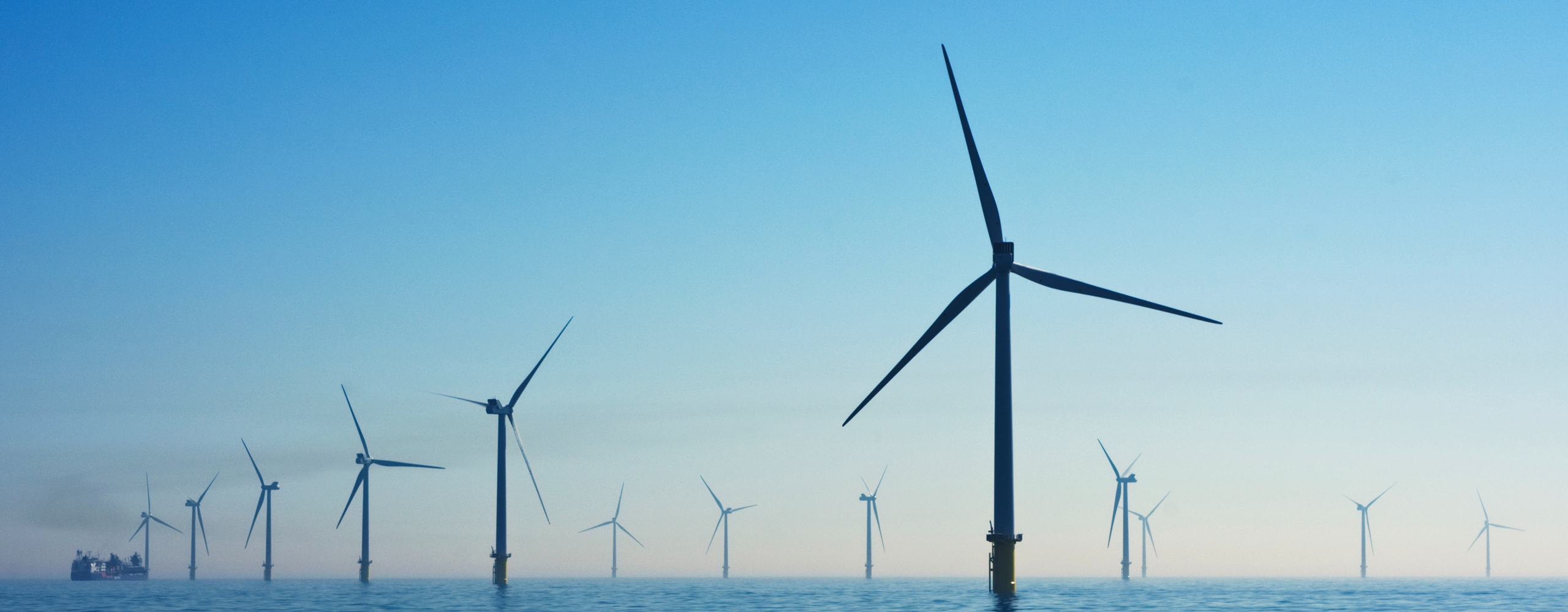
Tunneling in Mixed Face Conditions (2015)
A research project on tunneling in mixed face conditions (rock-soil) was carried out with the aim to increase the knowledge and to better understand deformation mechanisms when these particular conditions arise. A back analysis of a case study involving the tunnel passage under the Maria Magdalena church was performed as a second task of the project, in which soil stratigraphy, rock/soil reinforcement, and extraction sequence were simulated explicitly and in detail.

Guidelines on Design of Rock Excavations (2015)
In 2009, the Swedish National Rail Administration presented a handbook with guidelines for the design of the load-bearing structure of rock tunnels. Following the merging of several transport administrations into The Swedish Transport Administration, an updated version of the handbook was required.

Hopper discharge and flow comparison against experiments (2015)
Evaluate the feasibility of using the distinct‐ element modeling to study the flow and segregation of frictional particles without cohesion.
Simulate an experimental test corresponding to the charge/discharge of a scale model batch hopper.

Hydrogeologic and Geochemistry Support for Open Pit and Underground Mining at Ernest Henry Mine (2015)
The Ernest Henry Mine is a large open pit copper mine with deeper mineralization that was targeted for underground mining. A Feasibility Study (FS) was conducted to evaluate the potential for mining of the underground component by sublevel‐caving methods.

Ore Pass Design - A Modeling Study (2015)
The LKAB mining company is currently carrying out investigations for a potential continued mining at depth in the Malmberget mine. Part of this work involves design of ore passes. The ore passes are a vital part of the transportation chain, and has, historically, been subject to extensive instabilities leading to closing and re-development of ore passes.

Chenab Railway Bridge Abutments (2015)
The Udhampur-Srinagar-Baramulla Rail Link (USBRL) project is a railway line linking the Kashmir Valley to the rest of India through the Himalayas. At 110 km long, this section consists of 88 km through tunnels and 11 km over bridges and viaducts. The Chenab River Bridge will be a concrete-filled truss steel arch bridge 359 m above the river valley, with a main span of 467 m and a total length of 1,315 m, making it the highest bridge deck and the seventh-longest spanning arch bridge in the world.

SKB Apsö UFM application (2015)
SKB asked ITASCA to apply an advanced modelling framework (UFM) on the Äspö site to estimate its consistency with structural and hydraulic data. The UFM modelling framework (detailed in Davy et al., (2010, 2013)) is used to assess fracturing parameters and improve the DFN models in Äspö using in‐depth data.

Lake Livingston Hydropower Plant (2015)
The project involves a cut-and-cover derivation tunnel that delivers water to the power house where the turbines are located. All the components of the plant (headrace, Intake, penstock, powerhouse, and tailrace) require earth retaining structures during construction.

Estimation of Fracture Shear Displacements due to Slot Excavation (2015)
The main objective of the project was the estimation, via numerical modelling, of the displacement induced in fractures by the excavation of destressing slots at the Äspö Hard Rock Laboratory.

Numerical dynamic analysis of the stability of a tailings dam and evaluation of liquefaction potential (2015)
The tailings dam “Benkovski 2” is located about 7 km away from the flotation plant in the village of Mirkovo, Sofia region. It occupies an area of about 4 km2, and consists of two main gullies with different names for the two main negative landforms, "Ai Dere" and "Suludja Dere“. A dynamic analysis of the tailings dam, considering the liquefaction potential, is essential for assessing the stability of the tailings dam.

Hopper charging with spherical particles including rolling resistance mechanism (2015)
Evaluate the feasibility of using the distinct‐ element modeling to study the flow and segregation of frictional particles without cohesion.
Simulate an experimental test corresponding to the charge/discharge of a scale model batch hopper.
Analyze the segregation observed in the hopper after its charge.

Evaluating Multiple Mechanisms & Structural Forces in Slope Stabilization (2015)
Unlike slope stability analysis software based on the limit equilibrium method, Itasca’s numerical modeling software (FLAC, FLAC3D) is capable of predicting multiple interacting failure mechanisms and produces the structural forces in the stabilization features. These capabilities are critical to developing engineering judgment and in designing remedial measures.

Photogrammetric Joint Mapping for the Relocation of T.H. 53 (2015)
The Minnesota Department of Transportation (MnDOT) relocated a portion of T.H. 53 between Eveleth and Virginia, MN. The preferred alignment crosses the existing Rouchleau iron ore pit on a 1,100-foot bridge. Two abutments and one pier of the bridge will be founded on bedrock. Future iron ore mining adjacent to the alignment will create rock slopes up to 500 ft high. After mining, the new roadway will be atop a trapezoidal cross-section 300 ft wide at the top and with downslopes of about 53 degrees.

Gold Heap-Leach Modeling (2015)
Itasca developed a numerical model to estimate gold (Au) production from heapleach operations. The objective was to simulate Au heap leaching using a model based on fluid flow and mass-transport (hydrodynamic modeling) in a partially saturated pad, and quantitatively assess monthly production of gold-cyanide production (AuCN).

3D-Analysis of the Stockholm By-Pass Road Tunnel (2014)
A new motorway west of Stockholm linking the north and south side of Stockholm is under development – the so-called "Stockholm By-Pass" ("Förbifart Stockholm"). The new link is a 21 km long highway, of which 18 km is in tunnels. At the interchange of Lovön, four intake and exhaust air stations are planned, being in close proximity to the main tunnels and ramps. In this area, there is also a deformation zone going through the intake and exhaust air station.
